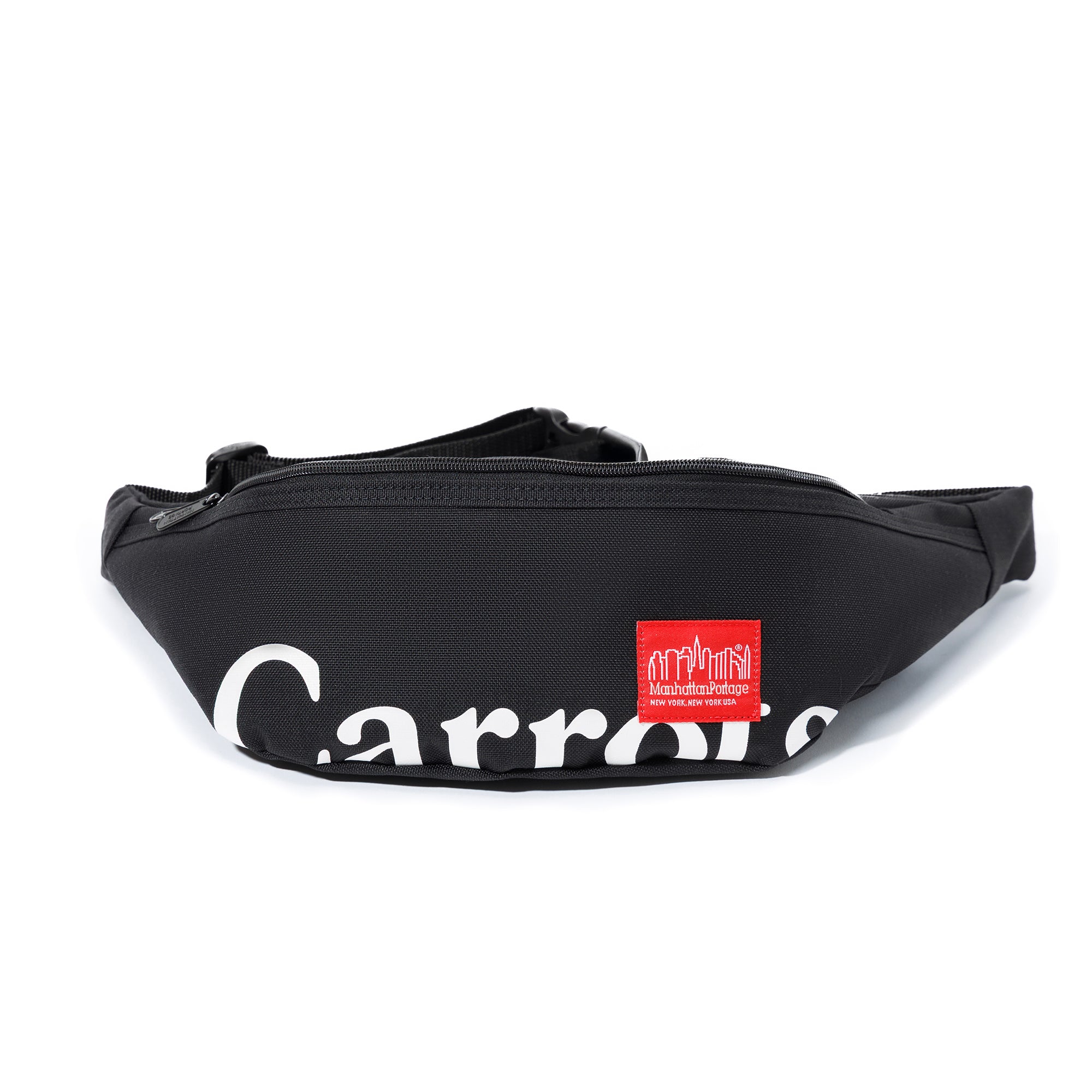
Lake Malawi National Park was only designated a National Park in...


Lake Malawi National Park was only designated a National Park in 1980 and was established at the southern end of the Lake to protect the unique diversity of tropical fish living there, some not found anywhere else on earth. The National Park is the most important freshwater fish sanctuary in Africa and it was the first park in the world to give protection to the marine life of tropical deep water Rift Valley Lake. The Nankhumba Peninsula, forms the centrepiece of a miniature archipelago of twelve islands, and encompasses Cape Maclear, where scuba diving and snorkelling are popular activities. The underwater game viewing experience matches anything that the land has to offer. The natural habitats has resulted in an extraordinary concentration of different species of plants, animals and birds, quite asides from the hundreds of species of fish that can be found in the region, the most famous of which is the Mbuna Cichlids.
Lake Malawi has always attracted more than its share of reminiscent travellers. From the time of the Victorian missionaries and traders, whose little steamers ploughed its waters in the cause of Christianity and hard cash, the accounts of visitors to the Lake are distinguished by an attempt to pin down an essential mysteriousness, part of its unchanging quality, which has always managed to elude final definition. Nature has endowed Lake Malawi with the richest variety of tropical fish of any freshwater lake in the world. Up to 550 species of cichlids are unique to these waters. Fresh lake Chambo is a famous and delicious Malawi dish. In 1980 an area of the southern part of this huge inland sea, which is Africa’s third largest lake, was proclaimed a world Heritage Site. The area encompasses the Nankumba Peninsula and also several of the offshore islands. This is the magnificent Cape Maclear where a succession of sandy bays is interspersed with hills and rocky outcrops, which rise steeply from crystal, clear waters. From Makanjira on the east coast a lonely Arab dhow sets out on its periodic trip towards Salima, the last of a whole race of dhows which in the 19th century, linked the pre colonial interior with the ivory and slave markets of the Indian Ocean. The cries of fish eagles, fishermen in dugouts silhouetted against the evening skies, and the warm, sleepy atmosphere, make it impossible not to relax. Watching the graceful dip and swoop of a passing dugout canoe, or perhaps walking along a beach to find thousands of fish drying on wooden trestles, it is tempting to make romantic assumptions that here is a way of life as timeless as the beauty of the Lake. In fact, the dugout canoes have seen a transformation in the fishing industry which has made them part of an active contemporary economy. The arrival of the bicycle started the fish on their way to the markets of Blantyre and Zomba. Today tons of dried utaka and matemba provide a staple diet for villages far into the interior. Traditional village fishing techniques include seine netting, ring netting, gill netting and traps. Many canoes are still used but plank boats are favoured when affordable, because they carry bigger loads. Sun drying preserves some of the huge harvest but mostly it is smoked in the lakeside villages. Much employment is generated, not only for those who fish, but also for those who build and repair boats, make nests and travel long distances to sell the shining harvest of the Lake. The lakeshore craftsmen are very inventive. Stands of hats, row after row of them in a vast variety of shapes and styles, compete with rows of toys also made from basket work but with ingenious detail-car bonnets that open, helicopters with rotors that turn and Land Rovers with spare wheels. Baskets of great variety provide an overwhelming choice while skilled wood carvers produce prized artefacts that will always conjure up happy memories of time spent at the Lake Malawi has an incredible variety of stunning landscapes. The unique rolling hills of orchid clad Nyika; the cool forested plateau of Zomba; the 10,000 feet climbers’ paradise of Mulanje Massif; the broad and fertile Shire Valley. From rugged highlands to lowland plains - the scene is ever changing. Hundreds of miles of tropical golden sand beaches line Africa’s third largest lake. Lake Malawi is a true inland sea - and is tide less. Relax in the sun on un crowded beaches, hand-feed tropical fish at the world’s first freshwater National Park or enjoy the many water sports such as windsurfing, scuba diving, snorkelling and canoeing.




























